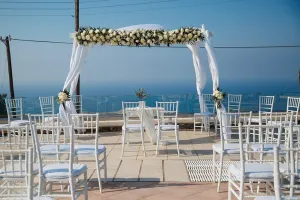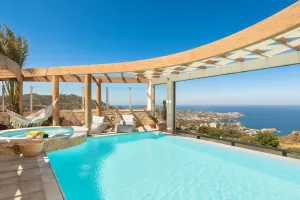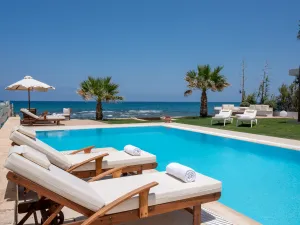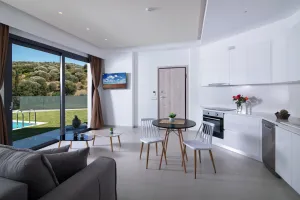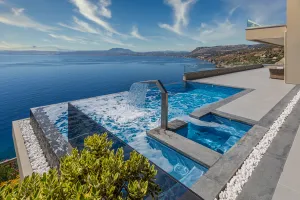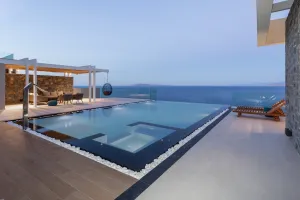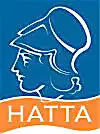Find villas in Heraklion
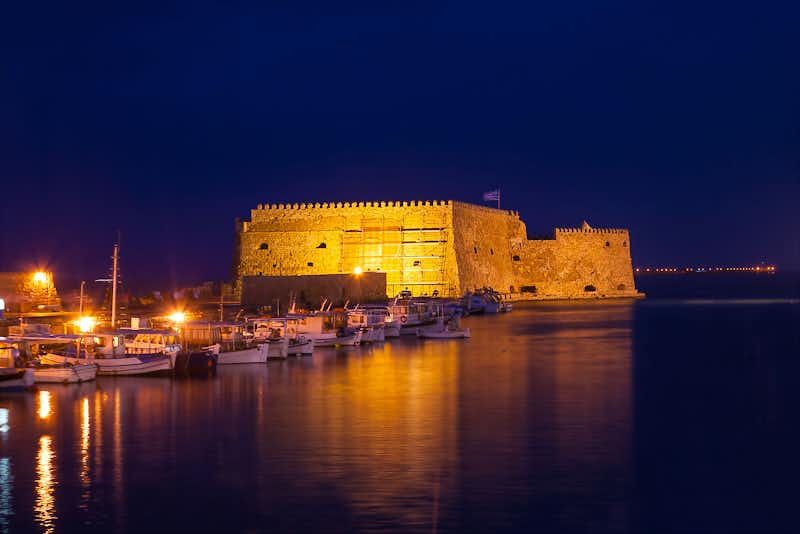
About this region
Crete’s capital city of Heraklion is the largest on the island and the fourth-largest city in Greece. This ancient city has been ranked among the top 20 tourist destinations in Europe and has the amenities, sights, and attractions to justify the accolade. The history of Heraklion dates as far back as 824, when it was founded by the Arabs, who had taken Crete from the Eastern Roman Empire. A moat was constructed encompassing the city, which was subsequently named Castle of the Moat, and referred to as Chandax by the Greeks. Heraklion became the capital of Crete. Under the Saracens, the port served as a refuge for Aegean pirates attacking Imperial ships. This was followed by the Byzantine, Venetian, and Ottoman eras, all leaving their cultural and architectural influences on the capital.
Modern-day Heraklion is a vibrant city with a popular shipping port and ferry dock. It offers a wealth of historical and contemporary attractions for tourists, including museums, galleries, and excellent Heraklion restaurants. After all is said and done, take a breather and relax on one of the region’s pristine beaches near Heraklion.
Curated collections of villas in Heraklion
Featured villas in Heraklion
As the capital city of Crete, Heraklion offers a magnificent array of luxury holiday villas, some of the most beautiful wedding villas in Crete, and family vacation villas to rent on the island. The villa styles range from trendy beachfront villas to rent to exclusive private villas and relaxed family-holiday rentals. The various self-catering accommodation options are beautifully placed and well maintained, offering premier vacation rentals. These luxury holiday villas are equipped with all the mod cons, as well as extra amenities including swimming pools and cleaning services.

